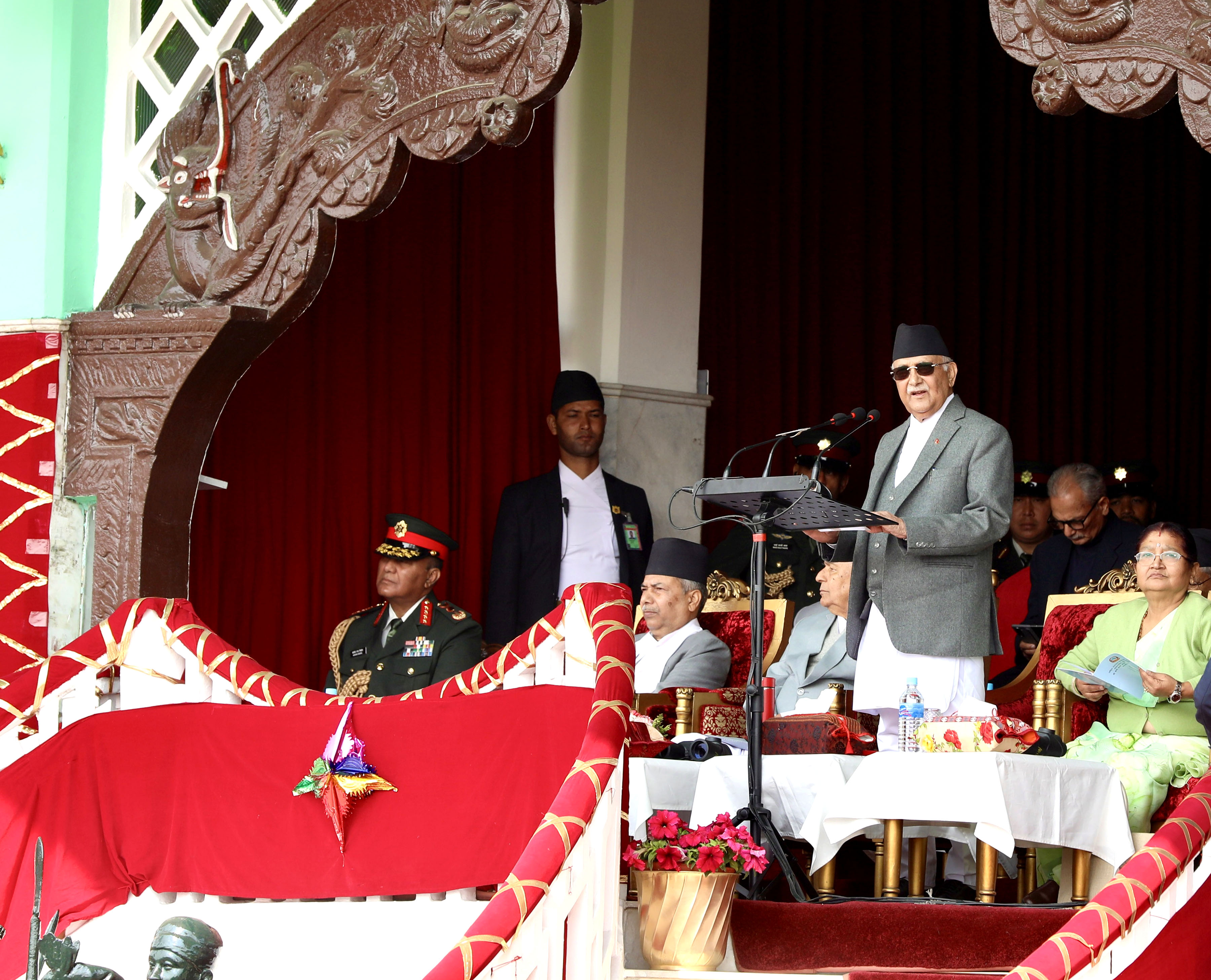In a significant development for Nepal's trade and economic relations, Prime Minister Pushpa Kamal Dahal announced an agreement to reopen all border crossings between Nepal and China that were operational before the onset of the COVID-19 pandemic. Nepal shares a 1,414-kilometer border with the Tibet Autonomous Region of China, spanning along the majestic Himalayan range. A total of six border points, including Kodari-Nyalam (Tatopani-Khasa), Rasuwa-Kerung, Yari (Humla)-Purang, Olangchunggola-Riwu, Kimathanka-Riwu, and Nechung (Mustang)-Lizi, were opened before the COVID-19 pandemic. The agreement to open all these border points again marks a crucial step in enhancing bilateral trade and people-to-people ties between the two nations. The reopening of these border crossings is a promising move, but to fully capitalize on this opportunity, it is imperative that the government takes further measures to make these border crossings commercially viable. This includes the development of all-weather roads and necessary infrastructure, such as customs, security outposts, immigration facilities, and other relevant government bodies. The government should prioritize the development of robust infrastructure to streamline trade operations at these border crossings. The construction of all-weather roads is particularly vital, ensuring smooth transportation of goods and enabling trade throughout the year. These roads should be well-maintained to handle heavy traffic and adverse weather conditions.
30 cargo vehicles enter Nepal through two border crossings with...
_20200706125809.jpg)
Furthermore, the establishment of customs and immigration facilities is crucial to expedite clearance procedures for goods and people crossing the border. These facilities should be equipped with modern technology and adequately staffed to ensure efficiency and effectiveness in border operations. Security outposts should be strategically placed along the border to enhance security measures and protect against any illegal activities. This will also instill confidence in traders and investors, encouraging increased trade activities. In addition to physical infrastructure, the government should focus on promoting the development of a conducive business environment. Streamlining bureaucratic processes and reducing red tape will attract more businesses to utilize these border crossings. Providing necessary incentives and support to businesses engaged in cross-border trade will further encourage their involvement.
The reopening of the checkpoints along the Nepal-China border presents an excellent opportunity for bilateral trade growth. Leveraging this opportunity will not only benefit both nations economically but also strengthen diplomatic relations. It is essential to expedite the implementation of the agreement and invest in the necessary infrastructure to facilitate seamless trade operations. Prime Minister Dahal's announcement regarding Chinese government subsidies for the rehabilitation of certain checkpoints is a positive step towards achieving this goal. The collaboration between the two nations in upgrading and modernizing these checkpoints is essential for their effective operation and to promote trade. Additionally, discussions about enhancing air travel between Nepal and China are equally important. Establishing regular flights and streamlining air travel procedures will facilitate faster and more convenient travel for people, further fostering bilateral relations. It is crucial that the government acts swiftly and efficiently in implementing the necessary measures to make these border crossings commercially viable. This will not only drive economic growth but also contribute to the overall development of the nation. The citizens of Nepal look to the government to seize this opportunity and create a thriving trade environment with China, benefiting both countries in the long run.






































